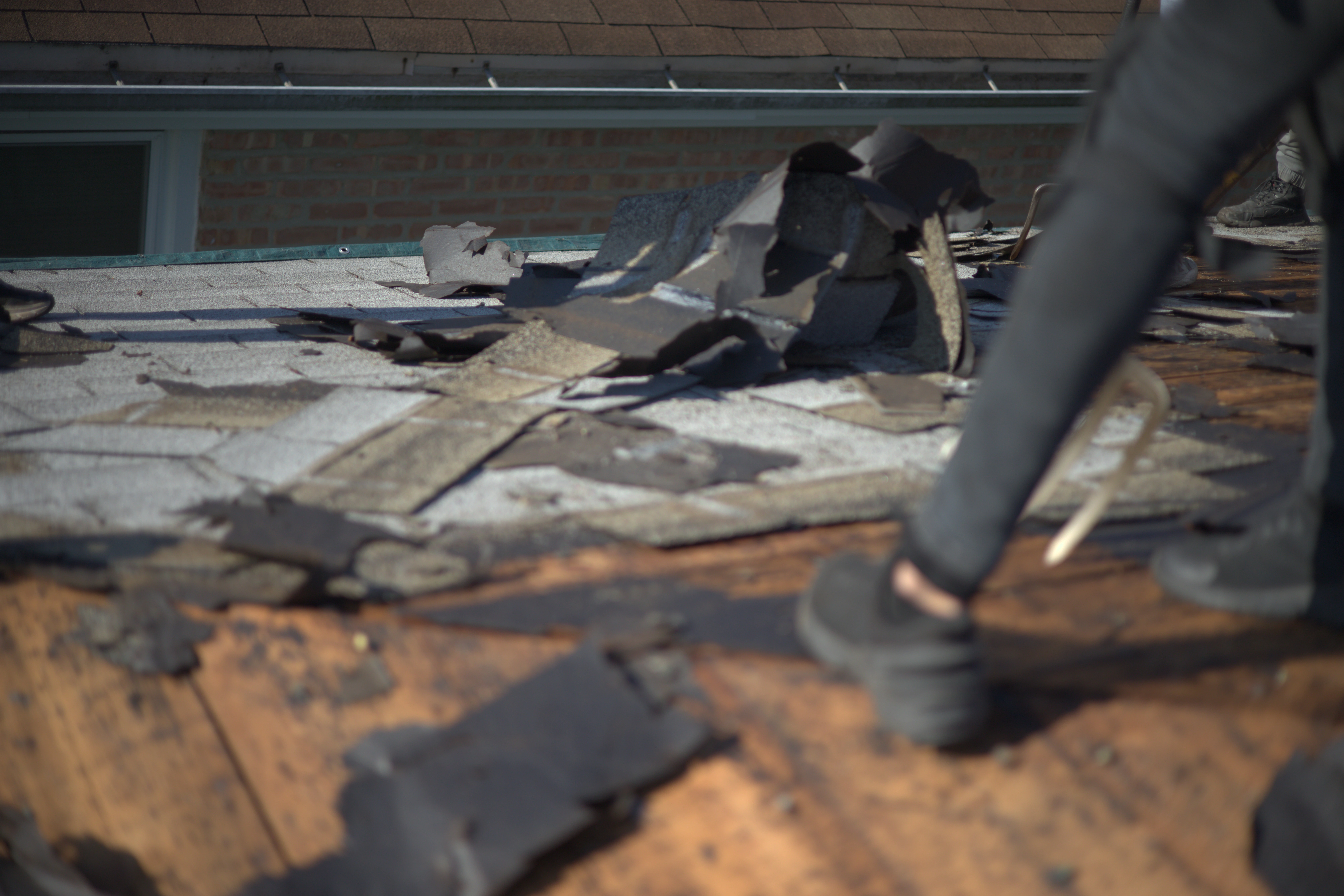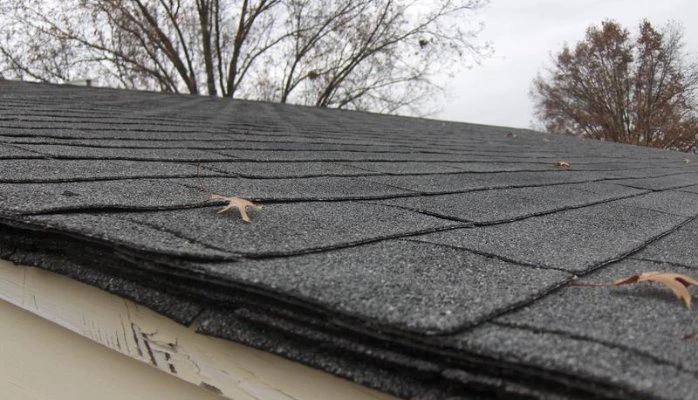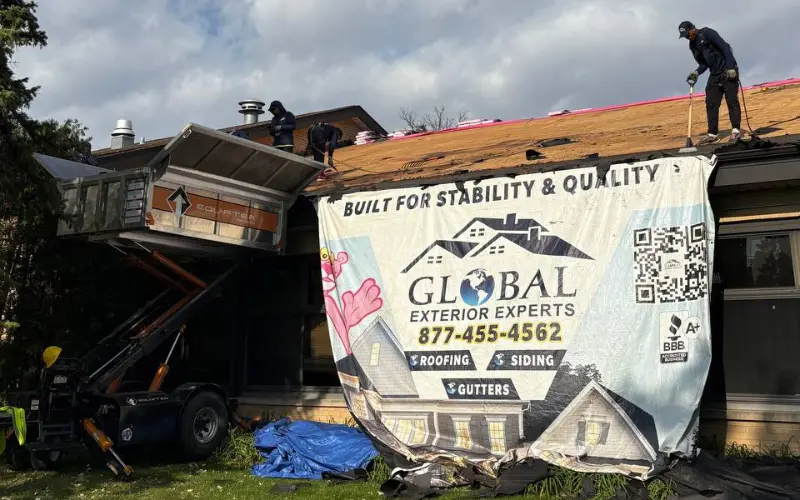Here's the straightforward answer: a complete roof replacement is almost always the better choice becuase tearing off old shingles and starting fresh gives you a properly functioning roof that protects your home for decades. While adding a second layer might save you a few thousand dollars today, but it creates problems that cost significantly more down the road.
That doesn't mean overlaying shingles is never an option. Some situations make it workable as a temporary fix but if you're planning to stay in your home for more than five years and you care about resale value, then you'll want a full replacement. Let's break down exactly why that matters.
Here's Why A New Roof Beats A Second Layer Of Shingles Every Time

When you strip everything down to the decking, you get to see what's actually happening underneath those shingles. Water damage, rotted plywood, and compromised flashing around chimneys becomes really clear. None of that gets addressed or fixed when you just slap another layer on top.
A complete tear-off lets you inspect and repair the roof deck because those repairs aren't optional, they're the foundation of everything sitting above them. Miss a soft spot in the decking now, and you're looking at interior water damage within two or three years. That's drywall repair, mold remediation, and potential structural work that makes the cost of proper roof replacement look like pocket change.
Fresh underlayment matters too. Modern synthetic underlayment provides a secondary barrier against water infiltration. When you overlay shingles, you're stuck with whatever underlayment was installed years ago (assuming there even is any). That old felt paper has probably deteriorated and it's not protecting anything anymore.
The Real Problems with Layering Shingles

Adding weight is the big issue nobody talks about enough. Asphalt shingles tend to weigh between 200 and 300 pounds per square (a roofing square covers 100 square feet). Double that weight and you're asking your roof structure to handle loads it wasn't designed for in many cases.
Older homes especially weren't built with layered roofing in mind, the rafters, trusses, and decking all have load limits. Exceed those limits and you're risking structural failure and that's not just a theory; roofs collapse under excessive weight, particularly in areas with snow loads or after heavy rain when shingles absorb moisture.
Here's something else: shingles need a flat, smooth surface. When you install over existing shingles, you're working with a bumpy, uneven base and those bumps show through. The new shingles don't lay flat, which means they don't seal properly at the adhesive strips. Wind gets underneath them easier. They crack and break along the ridges of the old shingles below.
Water drainage gets compromised too. Roofs also shed water through precise angles and channels so when you stack shingles on top of existing ones and you change those angles; Water is just going to pool in unexpected places. It likely will work its way under flashing and eventually it finds a path through to your attic.
Building Codes and Permit Issues
Most building codes allow a maximum of two layers of asphalt shingles. That's not a recommendation. It's an absolute limit. If your home already has two layers, you have no choice but to tear everything off.
Even where one overlay is technically permitted, inspectors look at the overall condition. Sagging roof deck, visible damage, curled or missing shingles. Any of those issues and the permit gets denied. You're tearing off anyway, except now you've wasted time and application fees.
Some jurisdictions have moved to prohibiting overlays entirely. They've seen enough problems with layered roofs that they require complete tear-offs regardless of current layer count. This trend is growing, especially in areas prone to high winds or severe weather.
Insurance companies have started weighing in too. Many won't cover homes with layered roofing, or they charge higher premiums. When you file a claim for wind or hail damage, they'll inspect the roof. Find an overlay situation and they might deny coverage or reduce the payout significantly.
What About the Cost Difference?
Let's talk actual numbers. A complete roof replacement on an average-sized home (2,000 square feet) typically runs between $10,000 and $20,000, depending on location, shingle quality, and roof complexity. That includes tear-off, disposal, new underlayment, shingles, and flashing.
Overlaying shingles can costs roughly $9,000 to $19,000 for the same house and it sounds good until you consider what you're giving up.
The overlay roof lasts maybe 15 years if you're lucky (compared to 25-30 years for a proper replacement). When it fails, you're paying for that complete tear-off anyway, plus you're removing two layers instead of one. Disposal costs more. Labor costs more. You've essentially paid for the same roof twice, spread across a shorter timeline.
Factor in the repairs you couldn't make because you had two layers on and can't see the decking. You're in way more than you would have if you just replaced that single layer.

.webp)
.webp)
.webp)
